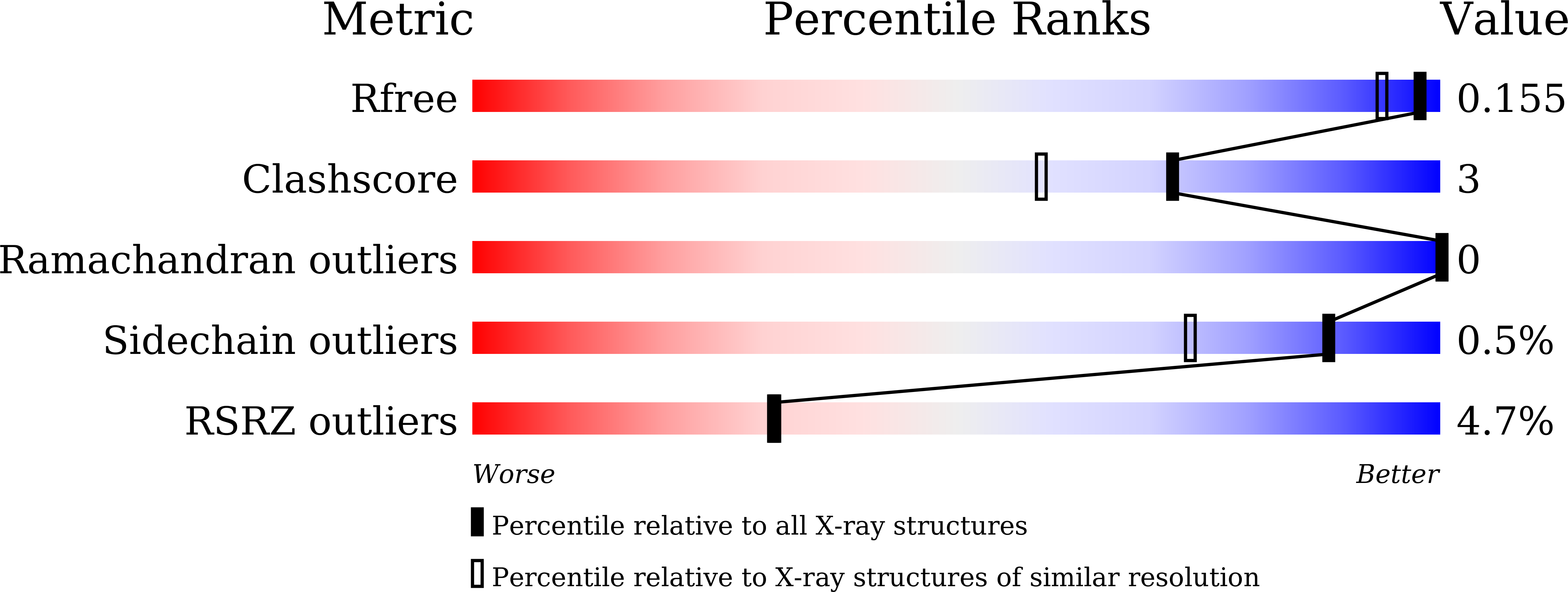
Deposition Date
2019-12-17
Release Date
2020-12-23
Last Version Date
2023-11-22
Entry Detail
PDB ID:
6LJK
Keywords:
Title:
Crystal structure of human Sirt5 in complex with an internally quenched fluorescent substrate GluIQF
Biological Source:
Source Organism:
Homo sapiens (Taxon ID: 9606)
synthetic construct (Taxon ID: 32630)
synthetic construct (Taxon ID: 32630)
Host Organism:
Method Details:
Experimental Method:
Resolution:
1.39 Å
R-Value Free:
0.15
R-Value Work:
0.12
R-Value Observed:
0.12
Space Group:
P 1 21 1


